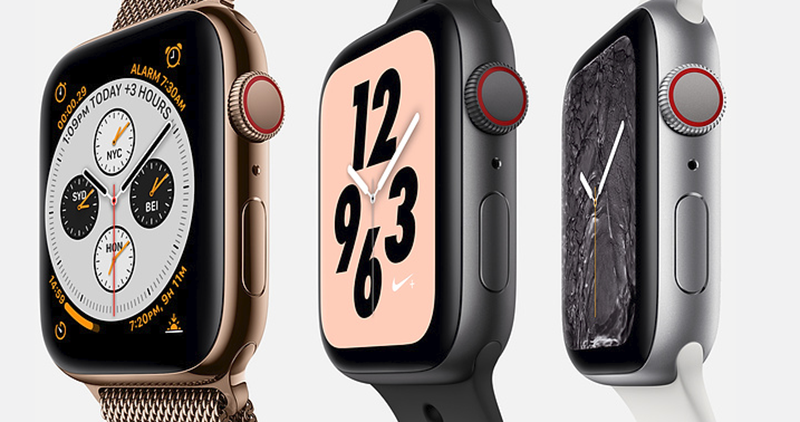Currently, there are about 325,000 mobile health applications, according to recent mHealth Economics report and more than 300-million wearable devices sold according to Gartner.
However, a significant percentage of this wearable technology isn’t reaching the right people, reports FierceHealthcare. So, are these health wearables just a fad?
Consumers are buying wearable devices at an increasing rate. These devices track and measure health and fitness data such as the number of steps walked each day or the quality of oxygen inhaled while asleep. But, according to a study published in the journal Frontiers in Physiology, we know very little about how these machines work.
Read more The State of Wearable Technology in Healthcare: Current and Future
“Despite the fact that we live in an era of ‘big data,’ we know surprisingly little about the suitability or effectiveness of these devices,” says lead author Dr Jonathan Peake of the School of Biomedical Sciences and Institute of Health and Biomedical Innovation at the Queensland University of Technology in Australia. “Only five percent of these devices have been formally validated.”
However, the recent Apple Watch Series 4 debut shifted the focus and encouraged many people to buy wearable devices.
The device design and chip improvements were detailed in the event. And, the most exciting feature of Apple Watch 4, the FDA-cleared ECG functionality, as well as heart monitor, fall detection, blood glucose monitoring showed that these innovations aim higher than merely fueling fitness fads. These features are geared toward serious health care support for chronic conditions like diabetes and heart disease.

Wearables can really shine by helping in the diagnosis, monitoring and treating of specific health conditions. Various companies are offering wearables that can pinpoint conditions like depression or sleep apnea by tracking one’s sleep habits. Promising results were found in a study jointly conducted by Stanford University and the University of California, whereby researchers used wristband with sweat sensors to detect signs of cystic fibrosis.
Read more What Roles Can Wearables Play in Precision Medicine?
Wearables can help doctors to target specific patient information by collecting patient data over long periods of time, replacing ongoing medical visits and save the patient from undergoing expensive and stressful medical exams.
Wearables are a useful way to remind the elderly to take their medication on time.
So, we can say with certainty that health wearables are not a fad. Health wearables can help improve our healthcare system, help doctors monitor and manage chronic conditions and provide us a peace of mind by reporting our health data in real time. We need to be aware of how and why we use wearables in order to make sure they don’t become useless.












